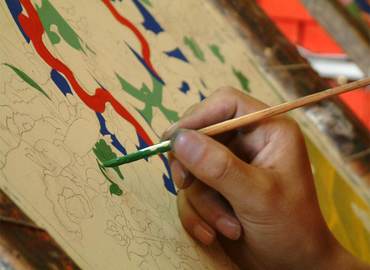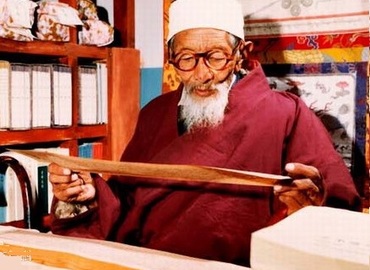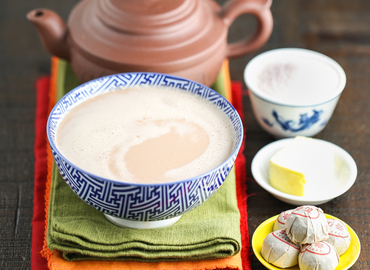Handmade Tibetan Incense - Representative of Tibetan Culture
- Catherine
- Last Updated : 04/02/2025
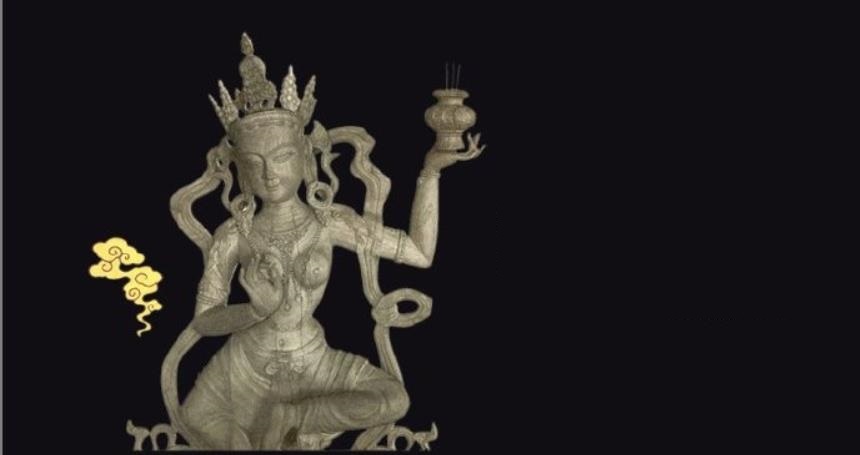
Tibetan incense is natural incense used in Tibetan Buddhist rituals for 1,300 years. It has a typical "earth" or "herbal" flavor. Tibetan people also use it for healing support. Tibetan incense has a deep relationship with Buddhism and Tibetan Medicine so it's an important representative of Tibetan culture. With the wild spread of Buddhism, it gradually became an indispensable daily necessity for the Tibetan people. Like most Asian incense, Tibetan incense is not wrapped around bamboo poles but squeezed into a certain length or roll shape. Now it is popular in Tibet, Nepal, India, and Bhutan throughout the Himalayan regions.
Content Preview
Origin of Tibetan Incense
After the 7th century AD, Songtsan Gambo sent 16 young talents to study in India, 15 of them died abroad, and only Thonmi Sambhota returned. He also invented the Tibetan language and translated many Buddhist scriptures. Later, he returned to his hometown Tumda village. He found that the land here was scarce, so he passed on the techniques of making Tibetan incense to the people to improve the lives of the villagers. He used the resources of the Tumba River to invent the water mill Tibetan incense, which should be the earliest Tibetan incense in Tibet. It has been more than 1,300 years since then.
Incense Ingredients and Effects
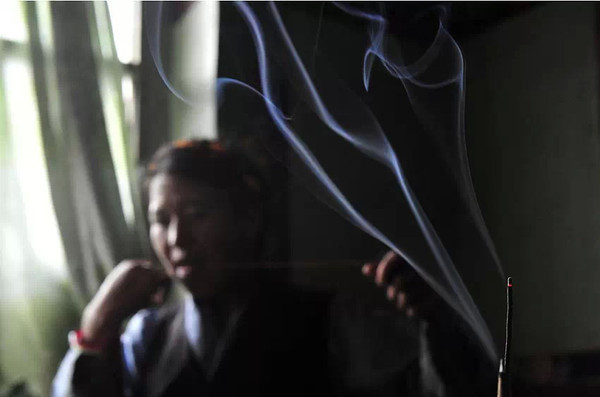
Tibetan incense's ingredients are a variety of precious Chinese herbal medicines, which are physically mixed and formulated in proportion and have great healing properties.
According to the theory of Tibetan medicine, Tibetan incense products meet the Five Elements of the human body. Its medicinal principles are detoxification, sterilization, anti-infection, anti-virus. It can kill pathogenic microorganisms in the air, purify the air, and prevent the spread of viruses. Burning incense indoors, its fragrance diffuses, penetrates through the skin joints, not only purifies the air, moisturizes the skin, but also enhances the ability to resist disease, prevents joint pain, regulates the skin, relieves mental tension, calm people's minds, reduces neurological headaches, and improves sleep quality. Some people use Tibetan incense for a long time, and they can retain a special fragrance for a long time.
In ancient times, Tibetan incense was made of a single ingredient, either cypress branches or a special herb. It's widely used on various occasions. If a family member went out for a long journey, they would light a Tibetan incense, as well as in the ceremony of building a house, moving to a new home, or funeral. Later, Tibetan incense with mixed raw materials was developed. The composition of raw materials ranged from a dozen to dozens of types.
Traditionally, there are many raw materials for making authentic Tibetan incense, generally based on cypress trunks or elm trunks, and then saffron, snow lotus, musk, Rhodiola Rosea, clove, borneol, sandalwood, agarwood, pine, etc. are kneaded with the main material according to a proportion. It does not contain any chemical spices, and the proportion of each ingredient and treatment method is strictly regulated.
How to Make Authentic Tibetan Incense?
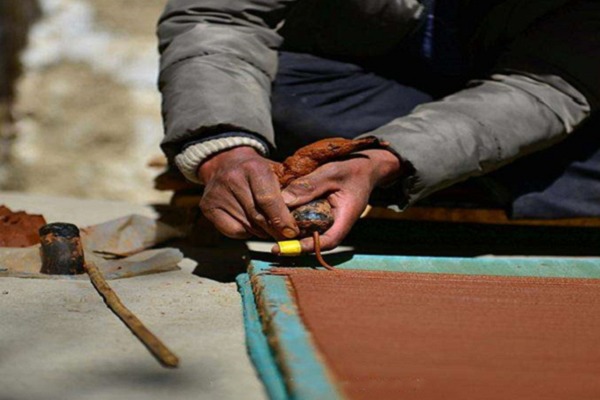
Tibetan incense is a traditional Tibetan handicraft, which is listed as one of the "three treasures of Tibet". Its production process contains the essence of Tibetan culture. The production process of Tibetan handmade incense is generally as follows:
First, incense masters process the raw materials with the "water method" or "fire method", to enhance its medicinal properties and reduce its toxicity.
Then grind all kinds of cypress branches with water, and crush all kinds of auxiliary materials into powder. Mix all the raw materials made into powder with water and place it for a period of time (time is strictly regulated).
The third step is to use a horn tool and extrude the incense mud into strips by hand.
Finally, dry in the shade and make a finished product. In terms of time, there is a difference between winter and summer. Usually, fermentation time only takes about 2 days in summer, which means starting on the first day and it can be processed on the next day. For the whole process, it takes ten days to complete the entire set of procedures in summer and a little longer in winter.
At present, most of the production of Tibetan incense has abandoned the traditional handmade process, and some of the stages of production have been completed by machines. Dozens of spices are configured in different proportions and processed through various procedures, and finally made into Tibetan incense.
Tibetan Incense and Buddhism
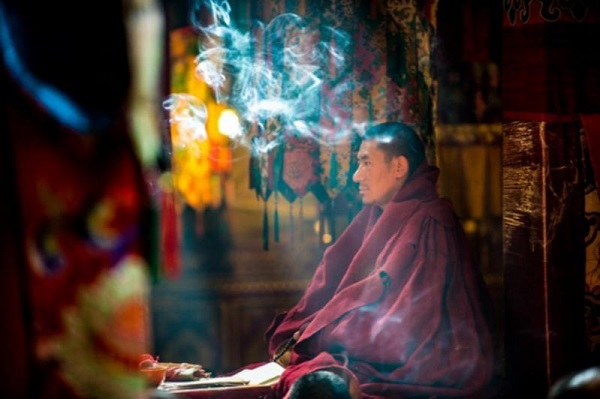
Tibetan incense has a deep relationship with Buddhism. Thonmi Sambhota introduced the technique of making incense from India, the birthplace of Buddhism, for sacrificial activities. The formula of Tibetan incense is derived from the Buddhist sutras and the Tibetan medicine scriptures so it's sacred and solemn. The process of making Tibetan incense is a practice. The finished Tibetan incense is one of the important religious supplies of Tibetan Buddhism and a must-have for every temple.
During major religious activities, it is common for eminent monks to light incense, which shows respect to Buddha. Incense burning is a homage to Buddhas and Bodhisattvas. Tibetan incense can clear karma and accumulate blessings as it can make all the buddhas, bodhisattvas and deity protectors happy and always protect.
As almost all Tibetans believe in Tibetan Buddhism, Tibetan incense gradually became an indispensable daily necessity for Tibetan people. According to Buddhists, the fragrance of the Tibetan incense can be transmitted to the Elysium, so people who burn the incense could be rewarded for good deeds.
Where to Buy Tibetan Incense
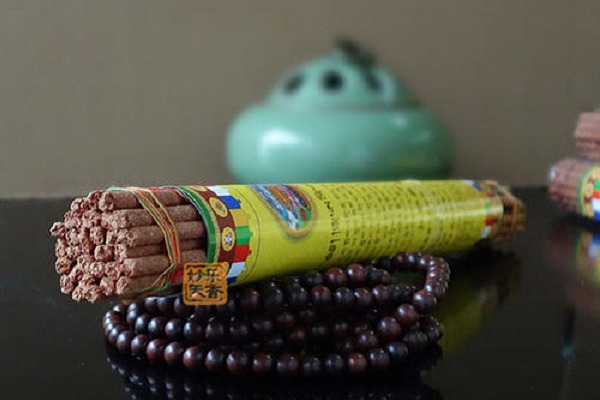
The standards of good Tibetan incense are pure raw materials, pure fragrance, lingering flavor, and fewer incense ashes. In the history of traditional handmade Tibetan incense, Nyemo Tibetan incense from Tunba Village of Nyemo County, Mindrolling Tibetan incense from Mindrolling Monastery in Shannan, and You Minba Tibetan incense from Amdo(now they have moved to Lhasa) are known as the top three traditional Tibetan incense.
Located 140 kilometers west of Lhasa, Nyemo County's Tunba Village has more than 1000 years of history of Tibetan incense production and is the largest production base in Tibetan areas. Nyemo Tibetan incense is characterized by the medical effects of eliminating diseases and disasters, promoting human metabolism, enhancing immune function, and reposing. Part of the Tibetan incense produced in Tunba Village is sold to some Buddhist countries in Southeast Asia, and part is used by ordinary people to worship Buddha or for household use.
Mindrolling Monastery is located in the Shannan area. It is said that the inventor of Tibetan incense made the first Tibetan incense here. Because of this special religious meaning, people believed that the Tibetan incense of Mindrolling Monastery is the most high-end of all Tibetan incense, and it was once designated as the exclusive Tibetan incense of the Dalai Lama. Until now, some temples have also designated the incense made by Mindrolling Monastery during the prayer meeting.
You Minba Tibetan incense features a natural flavor and long-lasting aroma, which makes people feel calm and the heart of worshipping Buddha emerges spontaneously. "You" is also consistent with the surname of the Tibetan medical saint Yutuo Yundan Kampot, which symbolizes the healthy concept of pursuing natural healing, curing diseases and strengthening the body presented by Tibetan medicine. "Minba" is the homonym of Tibetan medicine fragrance.
If you are going to buy some Tibetan incense, besides the above-mentioned sites, Barkhor street is also a good place to go. You can also consult the locals like your tour guide for some authentic Tibetan incense shops.
Conclusion
If we summarize the characteristics of Tibetan incense, the three words "belief", "nature", and "handwork" could not be more accurate. Because of this, it has been passed on for thousands of years!
Email response within 0.5~24 hours.


